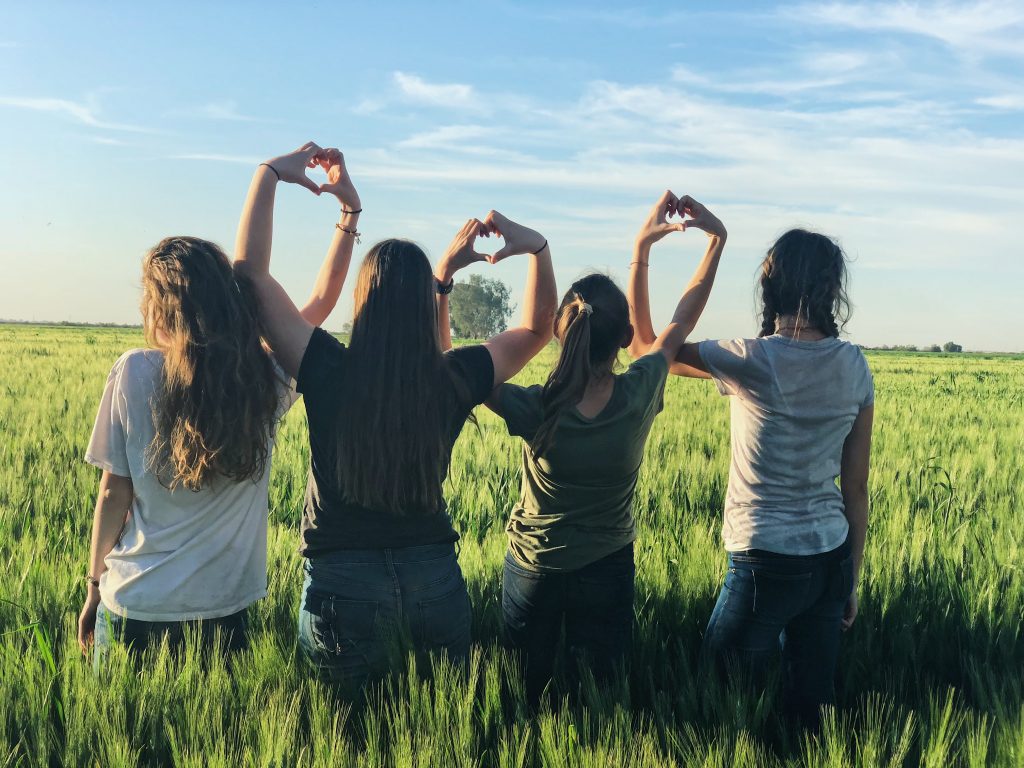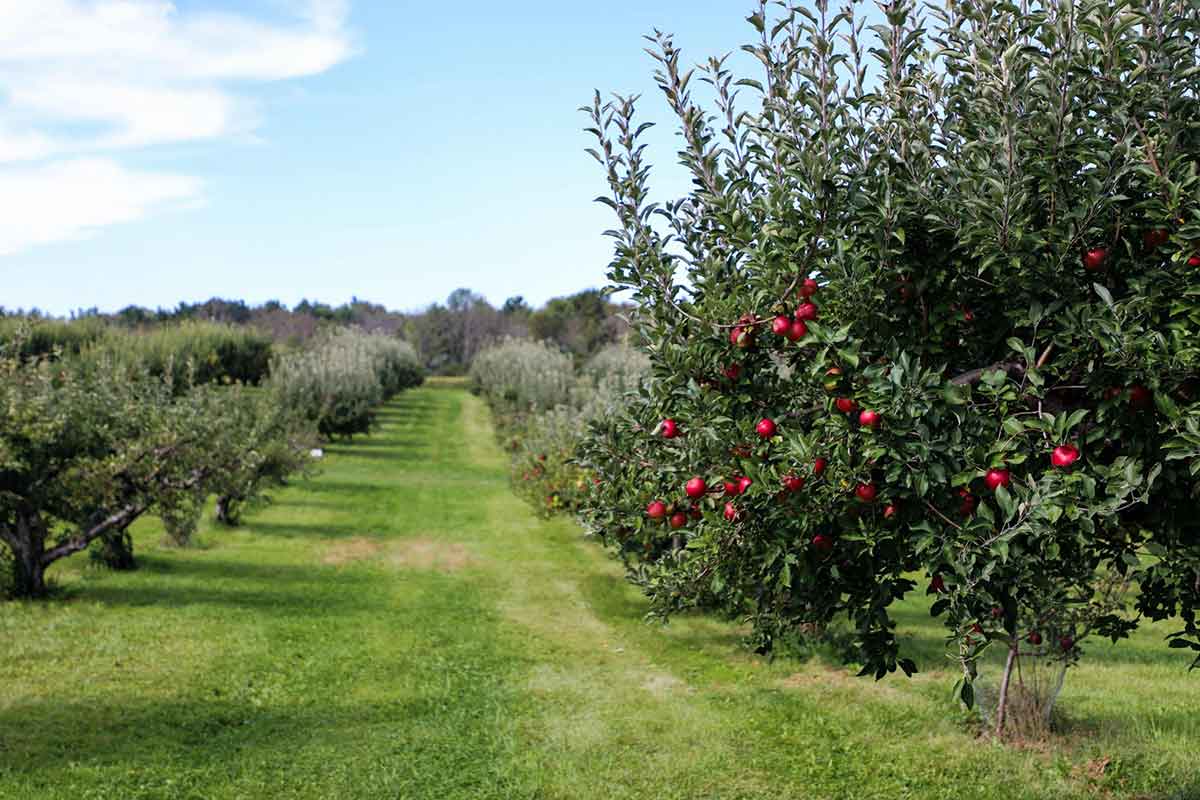COVID-19 has presented some of the most significant challenges to food security in recent memory. Delays at borders, labour shortages, farm production bottlenecks and shifts in demand have all had an impact — not to mention the knock-on effect of Brexit.
We haven’t seen disruption on this scale since World War Two, which exposed the UK’s reliance on external imports for food security and forced nations to become more self-reliant.
During this time, it fell to those left behind to step in and work the fields to provide for their country. And since most farm labourers were called up to fight in the war, it fell to the women to pick up the hoe and get the job done.
The Women’s Land Army
The Women’s Land Army (WLA) was initially established during World War One in 1917 and reformed in June 1939 in anticipation of the breakout of war. The WLA came under the control of the Ministry of Agriculture but was directed by Lady Gertrude Denman, who set up headquarters at her home in Haywards Heath, West Sussex.
Women were initially invited to volunteer with the slogan ‘For a healthy, happy job — join the Women’s Land Army’ plastered on posters. By autumn 1941, over 20,000 women had signed up — one-third of whom came from London or other big cities searching for the outdoor lifestyle and relative safety of the countryside.
The government then passed the National Service Act in December 1941 to allow the conscription of women into the service, meaning women could choose whether to enter the armed forces or work in farming or industry. At its peak in 1943, the WLA employed more than 80,000 women — nicknamed ‘Land Girls’ — in various farming roles.
The life of a Land Girl
Many of these women lived on their farms or in hostels and were required to wear a uniform — typically a shirt, green jersey and breeches.
Land Girls performed a range of farming duties, including milking cows, harvesting crops and even catching vermin such as rats, foxes and moles. In fact, two Land Girls reportedly killed 12,000 rats in the space of one year!
Women were also called on to transform the land to meet the demand for food production, operating heavy machinery to prepare areas for farming. And around 6,000 women worked as ‘Lumber Jills’ of the Women’s Timber Corps to conduct specialist forestry work.
The WLA employed over 200,000 women between June 1939 and November 1950, revolutionising British agriculture. Most of these women received little to no training, learning on the job — and far away from home — to feed the country during unprecedented times.
When the war was over, and men returned to their farms to work, the WLA was dispanded. However, we are now pleased to see more and more women entering the industry. In 2018, around 17% of farmers were women (an increase of 7% since 2008), and female agricultural students now outnumber men in higher education courses. The original Land Girls would be proud!
Are you looking to start a female farming empire from your smallholding? Get in touch with our team to discuss the best equipment solutions for your land.








